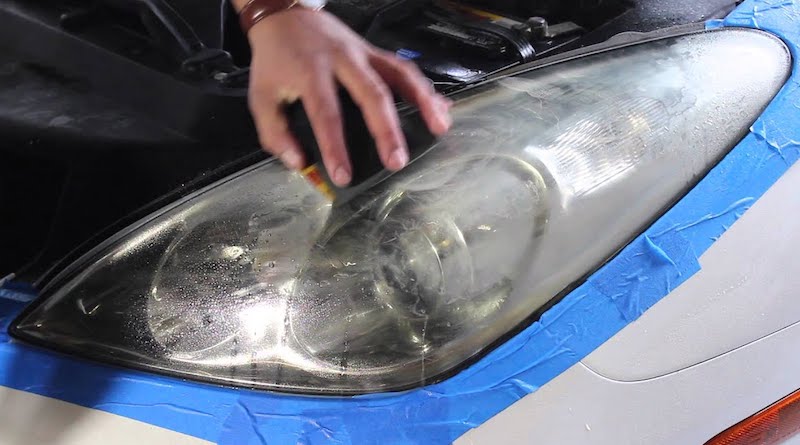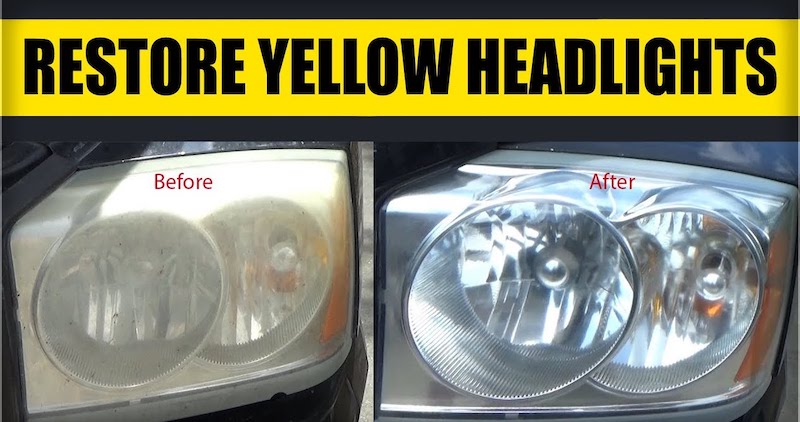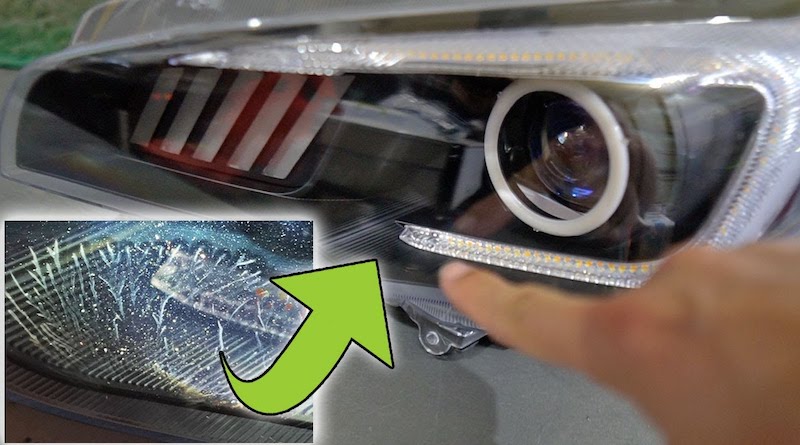How Long Do Headlights Last
Headlights last between 500 and 1,000 hours of use. However, it’s important to note that the large number of options available on the market today make it difficult to achieve an accurate average.
There are also different factors that come into play when determining how long headlights last. This includes the type of headlight, the manufacturing and installation process, whether it’s a replacement or OEM option, and if there are any underlying electrical problems in the car.
How long do headlights last
On average, halogen headlights last between 500 and 1,000 hours of use. Xenon headlights last about 10,000 hours. Most HIDs last 2,000 hours while LEDs last 30,000 hours. These are just but rough estimates. It’s possible for a headlight to burn out sooner or last longer than described.
It’s possible that your headlights may have a manufacturing defect that came with the vehicle. This can affect how long they will last. Sometimes, a wiring issue caused by corrosion or an infestation of rodents can result in a bad headlight.
As such, it’s important to be on the lookout for signs that you’re bulbs are about to fail. This will allow you to make arrangements for an inspection and complete headlight replacement if need be.
Signs of a bad headlight
Dim headlight
As your car gets old, it’s not uncommon for your headlights to grow dim. Most of the time, this is caused by a yellow coating that forms on top of the plastic lens as it reacts with UV rays and external elements.
The coating impedes light from being dispersed as it should. As a result, your headlights start to appear dim. This can be reduced by cleaning your car often and having the grime removed from the plastic lens.
Other times, it may be caused by a corroding ground wire in your car’s electrical system. This will require you to take your car to a certified mechanic for fixing. Dimming headlights may also mean that the bulbs are nearing the end of their lifespan. All you need to do in this situation is replace them.
Flickering headlights
Another sign that your headlights are about to go bad is if they turn on and off on their own while in use. The flickering can be dangerous as it compromises your safety on the road. It’s also a sign that the headlights are not far away from completely shutting off.
Flickering is sometimes caused by a damaged or worn out filament. It may also be an indication of a faulty or corroded electrical connection. Whatever the cause may be, it’s important to have your headlights checked before they go out for good.
One functional headlight
Another common sign is having only one functional headlight. It is a sign that your lights have arrived at the end of their service life. This should be addressed quickly. Having one bad headlight means that the other isn’t far away from going bad as well.
It’s good to note that in most states, it’s illegal to drive with just one functional headlight. For this reason, most replacements are sold as a pair. If one headlight is already out, replace both of them. The other may have started dimming and could go bad soon.
How do headlights bulb fail?
Most headlights today are halogen headlights. This means that they include a bulb enclosed in a plastic lens filled with halogen gas. They are the most common and have been around since the 1990s.
Below are ways in which headlights fail.
Contaminants and oils
The main cause behind the premature failure of most bulbs is contamination. When installing your bulb, it’s important not to touch it with bare fingers. The natural oils from your hands tend to stick to the bulb and get hot when it’s in use.
They react with the bulb, causing it to fail prematurely. Other contaminants that can cause the same include water and dirt that is present in the engine compartment. Experts recommend wearing gloves any time you’re handling your headlight bulbs.
Damaged filament
Halogen headlight bulbs use a filament made of tungsten. It heats up and glows whenever power is sent to the bulb. This is what produces the light that drivers use to illuminate the road ahead.
To make sure the bulb stays clean and efficient, headlight manufacturers fill the headlight with halogen gas. Unfortunately, the materials on the filament tend to boil when the tungsten gets hot. The work of the halogen gas is to collect these materials and put them back onto the filament.
If the gas does not do its job, the process causes contamination and shortens the lifespan of the headlight leading to premature failure. The same applies to Xenon and HID headlights that use xenon gas.
How long do HID, Xenon, and LED headlights last?
The actual lifespan of a headlight is dependent on several factors. However, you can expect HID headlights to last longer than halogen headlights. Tungsten-xenon bulbs last longer than HIDs.
They use electrodes in place of filaments that ignite the xenon gas inside the lens. This creates a bright white light that illuminates ahead of the car. LEDs last the longest and boast the best efficiency. You can expect most headlights to last about 2,000 hours.
Some options are rated to last thousands of hours. Remember that real-world considerations usually reduce the numbers. If you find out that your headlights are dimming or flickering, it could be due to a manufacturing defect, contamination, or an underlying electrical problem.
Conclusion
Most headlight manufacturers offer warranties that last up to 12 months after the date of purchase. Take advantage and get free replacement bulbs if you’re experiencing any issues with your headlights.
It is also a good idea to check if there are any problems in your car that are affecting the performance of your headlights. This includes checking for damaged or worn-out headlight assemblies, bad seals, water and dirt contamination inside the engine bay, or a damaged bulbs
Recent Blog Posts
November 29, 2022

One of the best solutions for fixing hazy headlights is to wet sand them. While there are other ways you can clear up your oxidized headlights, few methods work as great as wet sanding. It not only cleans the plastic lens completely but also achieves permanent results.
November 29, 2022

Headlights that have turned yellow can make a car look really old. The foggy coating that covers the headlight tends to reduce the amount of light emitted on the road. This can affect the driver’s visibility and make it hard to maneuver dark roads.
November 29, 2022

There are plenty of solutions out there when it comes to cleaning the outside of your headlights. You can easily remove the yellow coating that forms on the plastic lens using a few household products.